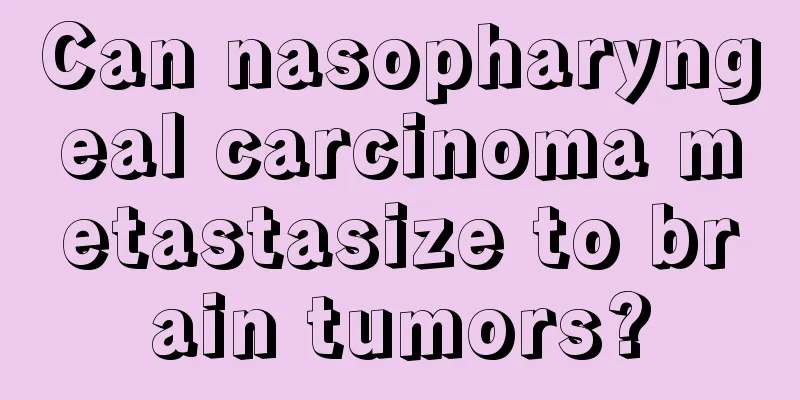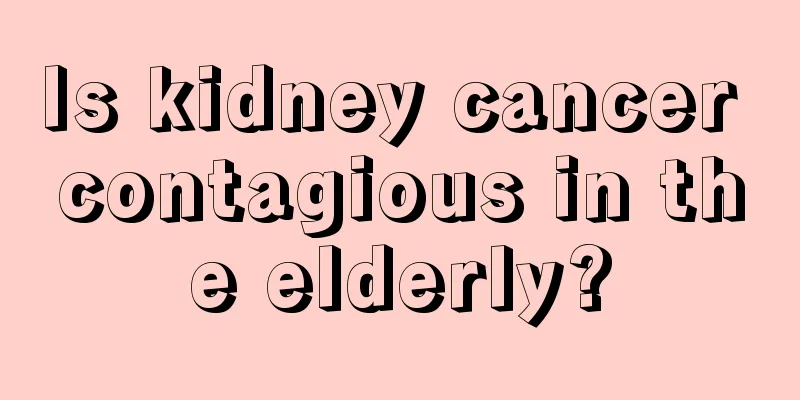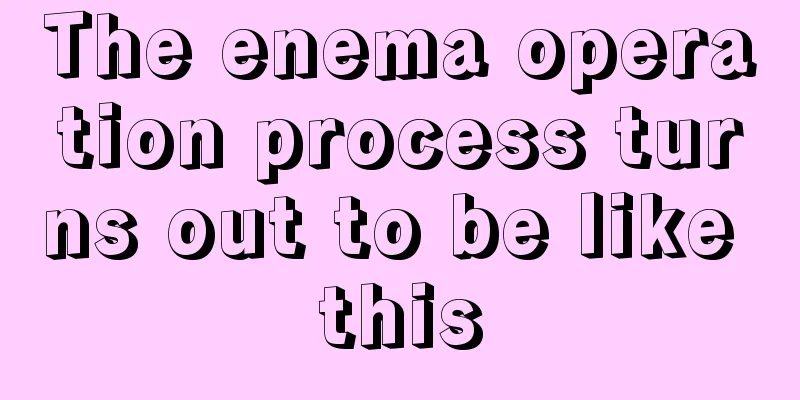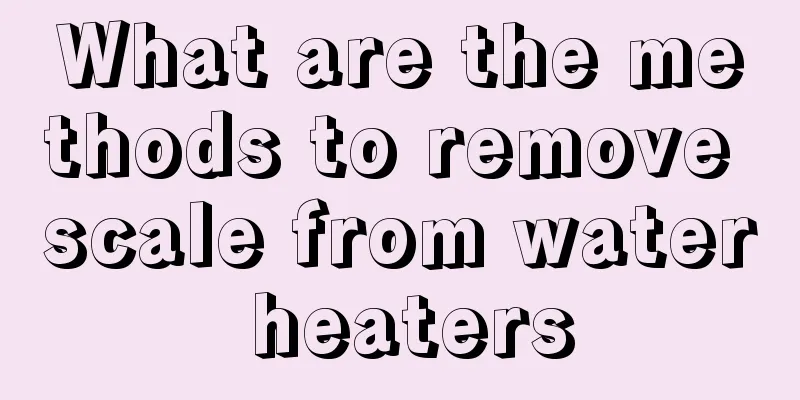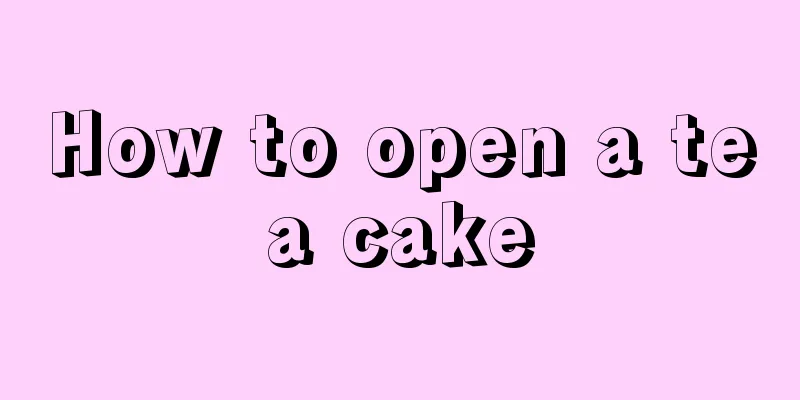Can moxibustion treat migraines?
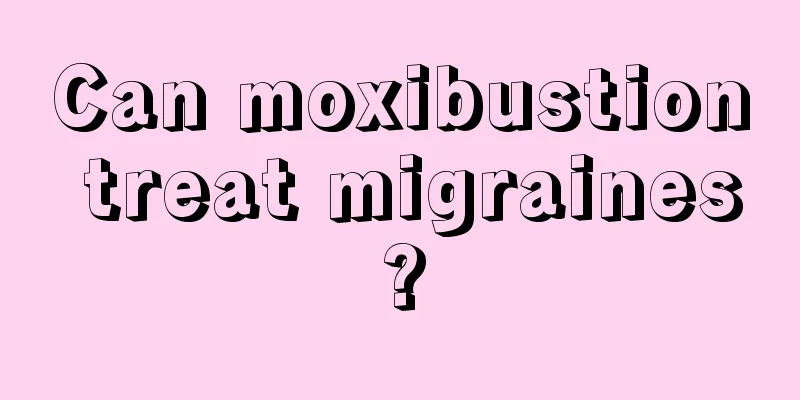
|
Headache is a common phenomenon in life. Basically everyone has experienced pain. Fever, cold, cough and catching a cold can all cause headaches. When faced with headaches, many people will take medicine, get injections, or hang water, etc., but some people will choose moxibustion for headaches. However, moxibustion requires certain acupoints, and different acupoints represent different parts of the body. So how should migraine be treated with moxibustion? Forehead pain: Hegu + Yinlingquan Forehead headache, called Yangming headache in traditional Chinese medicine, refers to the headache caused by evil qi invading the Yangming meridian. The head is the meeting point of all yang meridians. The three yang meridians of the hands and feet all ascend on the head and face. Due to the different organs and meridians affected by evil, the location of the headache is also different. Generally, Yangming headache occurs in the forehead and brow bone. Hegu Point Hegu Point is an acupuncture point specially used to treat facial and oral diseases. All headaches can be treated with this point. It is located in the hand yangming large intestine meridian and is effective in treating yangming headaches. The Hegu acupoint is located on the back of the hand, between the 1st and 2nd metacarpal bones, at the midpoint of the radial side of the second metacarpal bone. Place the transverse line of the thumb joint of one hand on the web between the thumb and index finger of the other hand. The acupoint is under the tip of the thumb. Yinlingquan Although Yinlingquan is not an acupuncture point on the Stomach Meridian of Foot Yangming, the spleen and stomach are exterior and interior to each other, and it has a close relationship with the Yangming Meridian. Based on clinical experience, it is more effective in treating headaches. Hegu acupoint is located on the back of the hand, between the 1st and 2nd metacarpal bones Yinlingquan is located on the inner side of the calf, in the depression between the medial lower edge of the tibia and the medial edge of the tibia, between the posterior edge of the tibia and the gastrocnemius muscle, and at the origin of the soleus muscle. Migraine: Waiguan + Zulinqi Headache on both sides is called Shaoyang headache in traditional Chinese medicine. Clinically, it is more common in patients with liver and gallbladder heat or wind-heat syndrome. The main manifestations are pain on both sides of the head including the ear roots and hairline, or migraine, accompanied by alternating hot and cold, fullness and bitterness in the chest and flanks, bitter taste in the mouth and dizziness; thin and stringy pulse, red tongue, and thin yellow fur. Waiguan and Zulinqi are a pair of acupoints that have the effect of dispelling wind, activating collaterals and relieving pain, and are specifically used to treat migraines. If you have a headache on the left side, apply moxibustion to the left hand’s Waiguan point and the right foot’s Zulinqi point. If you have a headache on the right side, apply moxibustion to the Waiguan point on the right hand and the Zulinqi point on the left foot. If the headache is on the right side, moxibustion the right hand's Waiguan and the left foot's Zulinqi Waiguan is one of the commonly used acupoints of the Hand Shaoyang Triple Burner Meridian. It is located on the dorsal side of the forearm, on the posterior area of the forearm, on the line connecting Dangyangchi and the tip of the elbow, 2 inches above the distal transverse line on the dorsal side of the wrist, and at the midpoint of the gap between the ulna and the radius. It is mainly used to treat diseases of the head, face, and five senses, fever, scrofula, pain in the ribs, and paralysis of the upper limbs. Zulinqi Zulinqi is one of the main acupoints on the foot Shaoyang Gallbladder Meridian of the human body. It is mainly used to treat gallbladder meridian headache, low back pain, muscle spasm, eye disease, cholecystitis, stroke, neurosis, etc. Headache at the back of the head: Houxi + Shugu The back of the head is under the jurisdiction of the Taiyang meridian, and pain in the back of the head is called Taiyang headache in traditional Chinese medicine. The pain is mostly in the back of the head, extending to the neck and back, with fever, aversion to wind and cold, and a floating pulse. It is often seen in exogenous syndromes such as wind-cold and wind-heat. First press both Houxi acupoints and choose the side that hurts more. If you choose Houxi on the left hand, choose the right Shugu on the foot; similarly, if you choose Houxi on the right hand, choose the left Shugu on the foot. |
<<: Can lung CT scan reveal tracheal inflammation?
>>: There is a horizontal line on the nail
Recommend
Exfoliation method
Many people have the problem of exfoliation, so h...
How often should tongue cancer be checked
No matter what disease it is, you must cooperate ...
What are the benefits of drinking a glass of light salt water in the morning?
Drinking a glass of light salt water in the morni...
How to treat vertigo caused by ear stones
As the name suggests, ear stones are some small s...
Can fibroids be inherited?
Will fibroids be inherited? The impact of fibroid...
What are the side effects of washing your nose
Chinese Taoism and Indian yoga both have a health...
How much does kidney cancer surgery cost
The specific cost of kidney cancer surgery depend...
What to do if you have an itchy throat due to a bacterial cold
When a bacterial cold occurs, it causes many symp...
What are the nursing methods for bone cancer
What are the nursing methods for bone cancer? Whe...
My heart aches after catching a cold
Therefore, colds have a great impact on the human...
Is it good to take a shower during the day?
Taking a bath is something that everyone needs to...
My face became bigger after the face-lift injection. Why?
Some women feel that there is no effect after get...
I don't eat but my stomach is bloated
My stomach has been bloated recently. I have no a...
What kind of people are prone to altitude sickness?
In fact, everyone's symptoms of altitude sick...
What are the genetic laws of fibroids
I believe that many people with fibroids have a h...
